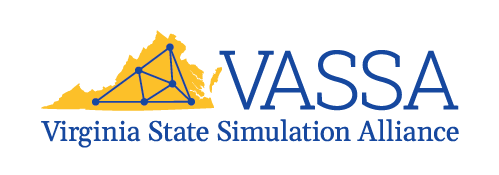Once you learn to read, you will be forever free
I am often asked to comment about a research study that someone heard about on the news: “I heard about a new study that said X. What do you think?” My reply is almost never satisfying: “I don’t know. I would have to read the study.” Even when I get a chance to explain my comment, which is not often, I suspect that the person just thinks I’m being a smart-ass. I’m really not— I don’t mean to be “pushy” or offensive, but the only way to know much about a study is to read the original research article, the entire article, including the method and results sections. The title of this blog, a quote often attributed to Frederick Douglass (I could not find an actual citation), is usually applied to literacy in general, but when it comes to research I think it applies specifically to reading research articles. So, how does one read an entire research article without taking a course in research methods? Read on!
Start with the abstract. It is a summary of the article, a preview if you will. From the abstract we get a feel for what is in the article; we develop a context for the rest of the article. Even though it’s only a summary, it is important to understand the abstract: what was the general purpose? What was the main method? What was the main result? What is the main conclusion? If we can answer those four questions, then we are prepared to read the rest of the article.
The introduction is next, even though it probably will not be labeled the introduction. The purpose of the introduction is to put the research into context, to explain how it fits with the rest of “the literature,” the research and theory that is relevant to the research. (Aside: I think of a research area as a brick wall with many holes in it, and each research study is another brick. The introduction tells us where the brick we are reading fits in the wall.) Each citation in the introduction is another study to put on our reading list as we learn about the general research area. At the end of the introduction should be the specific hypothesis or research question that is tested in that particular study. By the time we reach the hypothesis or research question, we understand what potential there is for advancing our knowledge in the field.
The method section is where we find out exactly how the research was conducted. We learn who (or what) the research participants (subjects) were, how many there were, what exactly was done, how exactly their reactions were measured, and how the data were analyzed. OK, you may be asking: why do I have to read all those details? First, if all those details are not in the article, then we are not reading a research article. Second, different details in different studies can produce different results, and we want to notice those changes. Certain results might occur only with certain participants, or with certain measurements, and we can expect researchers to obtain those results only when they have the same conditions. (Obviously, that is knowledge that we gain after we read a bunch of articles.) Essentially, the more we pay attention to the details, the more we realize that research results are not all the same, that the variations depend upon a variety of conditions.
Once we understand how the data were produced, we read the results section, which may be filled with a lot of statistics. If the statistics are confusing, don’t panic, and don’t skip the results section. Instead, look up the confusing material on Wikipedia, or in a statistics book in the library, or get to know someone who knows statistics, or send me an email (fdane@radford.edu). (If you do understand statistics, then please help others who don’t.) Those who are going to read research need to understand statistics; we don’t have to know how to calculate them, but we do have to understand them conceptually. It is not enough to know that there was a “significant difference”; we need to know what the effect size was and what that means. (Besides, statisticians are trying to get everyone to forget about the phrase “statistically significant”; it’s really quite meaningless.)
After we understand the results, it’s time to read the discussion section, wherein the authors explain how the new results change (or don’t change) what we understand about the topic at hand, including existing theory. (Remember from the previous blog that theory is just a summary of what we understand from existing data. When the data change because of new results, we have to change the theory to accommodate the new results.) Sometimes there are suggestions for new research that should be done, and there are usually limitations described for the current study. Neither the suggestions for additional research nor the limitations mean there is something “wrong” with the study; they simply mean that the study does not answer all the questions that need to be answered. Remember the earlier brick-in-the-wall metaphor? No brick is a wall unto itself, and no research study is a “definitive” study. The latest study is not more, or less, important that last year’s study, which is no more or less important than a study from five years ago. All of those studies contribute to our current understanding, and our prevailing theory must accommodate all of that research.
Lastly, there will be references, sometimes many references. These are the sources cited by the author(s), and many of these will be other research studies that can help us to understand the empirical literature if we are so inclined. Those who are inclined are learning to read research, are developing an empirical mind, are on the way to becoming forever free.
